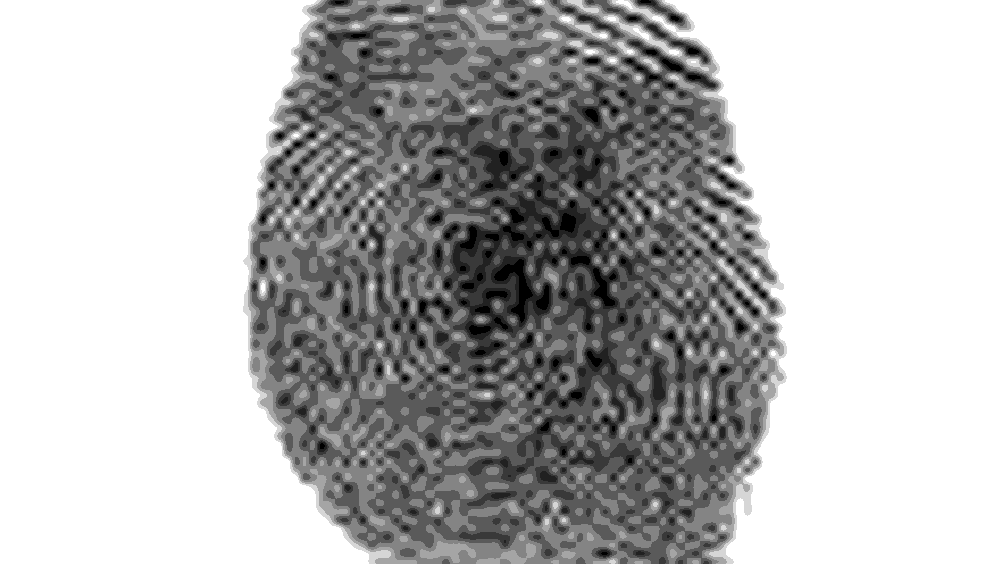Fingering cybercrime
Biometrics researchers at the University at Buffalo have developed the Automated Partial Fingerprint Identification system, which brings sophisticated fingerprint recognition a step closer.

Biometrics researchers at the
have developed system which brings sophisticated fingerprint recognition a step closer.
"This research paves the way toward efficient methods of preventing unauthorized access to handheld devices, such as cell phones, wireless handheld devices and electronic audio players, as well as to secure Web sites," explained Venu Govindaraju, Ph.D., principal investigator, UB professor of computer science and engineering, and director of the university's Center for Unified Biometrics and Sensors (CUBS). "It also will help make fingerprint matching for forensic applications more effective."
Fingerprint access can potentially eliminate the need for consumers to remember all those annoying passwords, he added.
The UB research addresses a key problem that has emerged in the quest for fingerprint access to electronic devices and Web sites: quantifying how much security is possible with fingerprinting, given that most commercial sensors tend to capture only partial fingerprints.
"This problem needs to be overcome before it will be possible to routinely replace passwords with fingerprints," Govindaraju said.
Register now to continue reading
Thanks for visiting The Engineer. You’ve now reached your monthly limit of news stories. Register for free to unlock unlimited access to all of our news coverage, as well as premium content including opinion, in-depth features and special reports.
Benefits of registering
-
In-depth insights and coverage of key emerging trends
-
Unrestricted access to special reports throughout the year
-
Daily technology news delivered straight to your inbox










UK Enters ‘Golden Age of Nuclear’
The delay (nearly 8 years) in getting approval for the Rolls-Royce SMR is most worrying. Signifies a torpid and expensive system that is quite onerous...